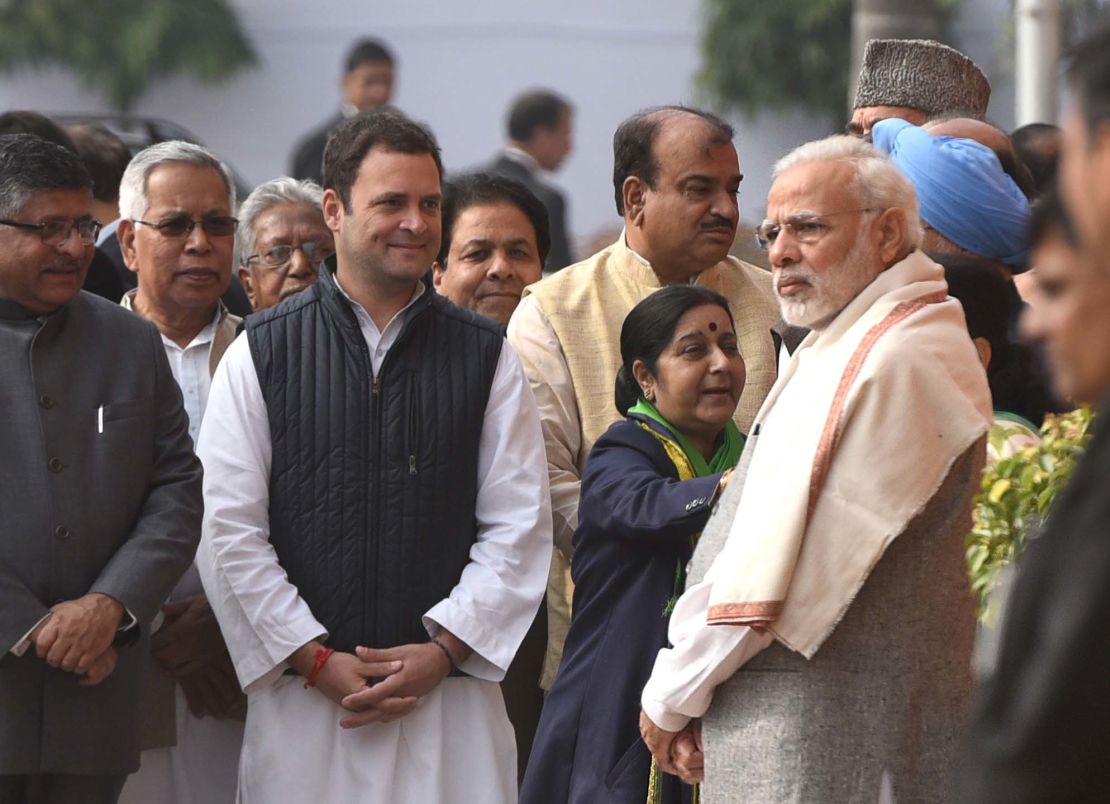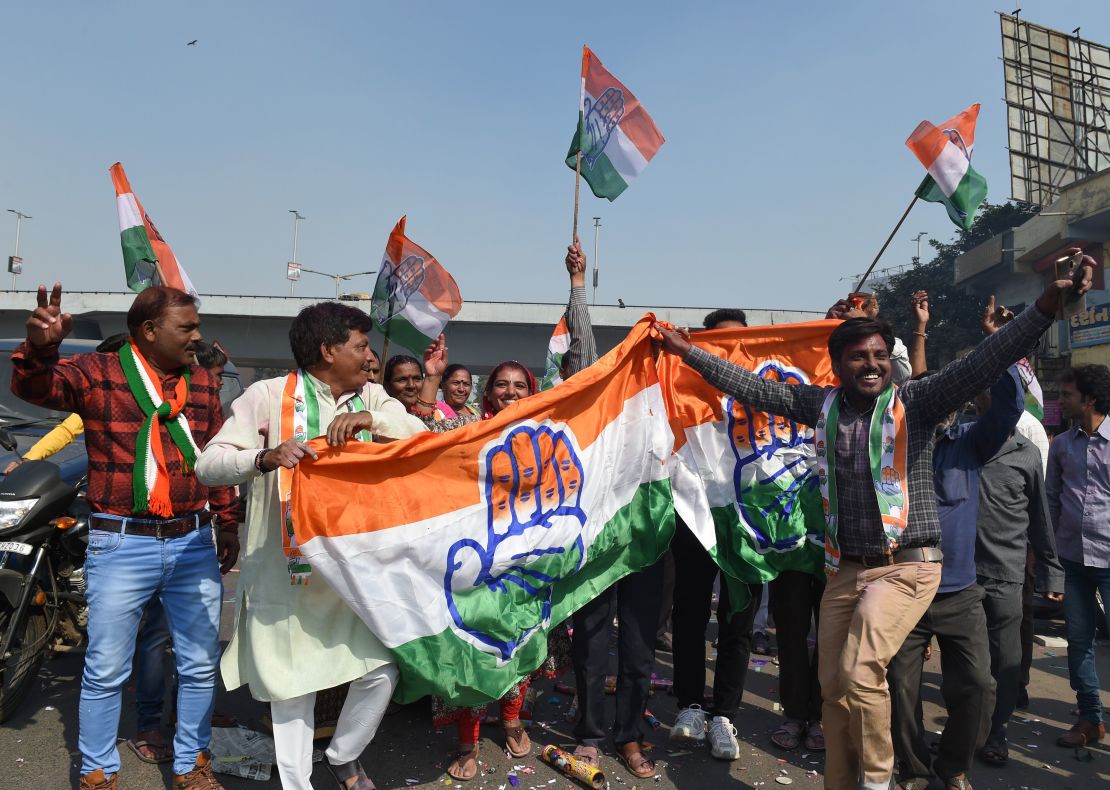India is just weeks away from general elections, with Prime Minister Narendra Modi and his Hindu nationalist Bharatiya Janata Party facing what looks like an increasingly close contest.
Politicians of all stripes are already in campaign mode for what will be the world’s largest exercise in democracy – a mammoth undertaking that will take place over several weeks to ensure the voices of hundreds of millions of Indians across the country are heard.
The Indian election will begin on April 11, the country’s Election Commission announced Sunday.
Who can vote? And how many Indians are eligible to vote?
About 900 million people. That’s almost triple the entire population of the United States.
All Indians aged 18 and above can participate. In the last general election, in 2014, more than 830 million Indians were eligible – and more than 550 million voted.
Who’s running?

Modi and his Hindu nationalist Bharatiya Janata Party (BJP) are seeking re-election after a landslide victory in 2014.
The main national opposition party is the Congress, led by Rahul Gandhi, the scion of India’s most influential political dynasty. Gandhi is the son of former Prime Minister Rajiv Gandhi. His grandmother Indira was India’s first female leader, and his grandfather, Jawarhlal Nehru, was the country’s founding Prime Minister.
But numerous other regional parties also wield significant influence across the country, with some for and others against Modi – all of which can help define the outcome.
In the 2014 contest, there were a total of 464 political parties and more than 8,000 candidates courting voters across the nation.
How is the prime minister elected?
In India’s Westminster-style model, parties field candidates for seats in the Lok Sabha, the lower house of parliament. There are 543 seats at stake.
An additional two seats are filled by nominees from the Anglo Indian community – or those of mixed Indian and European descent. Framed to protect the rights of Anglo Indians when British colonial rule ended, the rule gives the President the power to nominate two members of the community if he/she feels they aren’t adequately represented in the legislature.
Whichever party wins the majority of seats gets to choose the prime minister.
For the BJP, the candidate is Modi, who became Prime Minister in 2014 when his party won 282 Lok Sabha seats in what was the biggest majority secured by a single party in 30 years. With its allies, the coalition notched up an impressive 336 seats.
If no one party wins a majority, a coalition of different parties can come together to form the next government. In 2004, for example, the Congress – after falling short of an absolute majority – entered into a coalition with smaller parties to form the government.
How long does it take to complete polling?
Several weeks. To ensure the integrity of the process, and allow for election and security resources to be moved around the country, polling unfolds in seven phases covering different regions.
A total of one million polling stations will be peppered across India. Polling ends on May 19, with votes counted by May 23.
What are the key battlegrounds?

Voting is spread across India’s 29 states and seven additional, smaller territories, known as union territories. Some areas carry more weight than others because of the number of Lok Sabha constituencies in each state or union territory, something that’s based on how populous they are. The bigger the state, the more seats it has.
And the biggest battleground by many miles is the northern state of Uttar Pradesh. It’s India’s most populous state, with about 200 million inhabitants – if it was a country, it would be the fifth largest on the planet.
Uttar Pradesh accounts for 80 seats in the Lok Sabha, making it critical to the formation of any Indian government.
Other key regions to watch will be western state of Maharashtra, which accounts for 48 Lok Sabha seats; West Bengal in the east with 42 seats; Bihar in the north, which accounts for 40; and in the south, Tamil Nadu, which has 39 seats.






